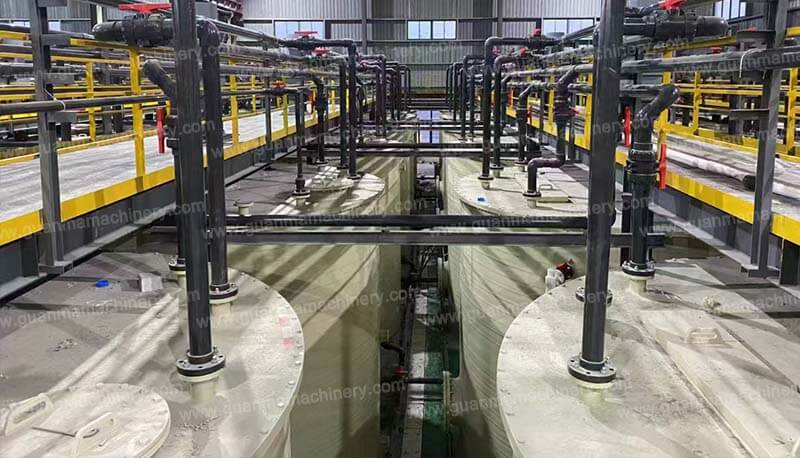Biochar is more than just a buzzword in sustainable agriculture and energy; it’s a game-changer. But how is it made? Pyrolysis—a process of heating organic material in the absence of oxygen—transforms biomass into biochar, a highly stable form of carbon. This technique is not only fascinating but also brimming with benefits for the environment, agriculture, and the economy. Let’s explore why pyrolysis of biochar deserves the spotlight.
Environmental Benefits of Pyrolysis of Biochar
Reducing Greenhouse Gas Emissions
Did you know that biochar locks carbon into the soil for hundreds, even thousands, of years? This makes it a powerful tool in combating climate change. Unlike burning or decomposing biomass, which releases carbon dioxide, pyrolysis traps carbon within biochar.

Carbon Sequestration and Climate Change Mitigation
Biochar isn’t just a product; it’s a carbon sink. By using biochar, we actively remove carbon from the atmosphere, creating a long-lasting impact on climate regulation.
Reduction of Waste in Landfills
Pyrolysis offers a smart solution to organic waste. Instead of letting agricultural or forestry residues pile up in landfills, this process transforms them into useful products, reducing methane emissions associated with decomposition.
Agricultural Benefits of Biochar from Pyrolysis
Soil Fertility Improvement
Biochar acts like a sponge in the soil, holding onto nutrients that plants need. It enhances microbial activity and provides a home for beneficial organisms, creating a thriving soil ecosystem.
Enhanced Water Retention in Soils
In arid regions, biochar’s water-retaining properties are a blessing. It ensures crops receive consistent moisture, even during dry spells, improving agricultural resilience.
Reduction in the Need for Chemical Fertilizers
Why spend a fortune on fertilizers when biochar naturally enriches the soil? Farmers can save costs while promoting healthier, more sustainable farming practices.
Energy Advantages of Pyrolysis
Production of Renewable Energy Through Syngas
Pyrolysis doesn’t stop at biochar. It also produces syngas—a clean and renewable energy source that can power machinery or generate electricity.
Bio-Oil as an Alternative Fuel
Bio-oil, another byproduct, is gaining traction as a substitute for traditional fossil fuels. It’s a win-win for energy security and environmental protection.
Circular Economy Benefits
By turning waste into valuable products, pyrolysis contributes to a circular economy, reducing dependency on non-renewable resources.

Economic Advantages of Biochar Pyrolysis
Cost-Effectiveness for Farmers
For farmers, using biochar can mean lower expenses on water, fertilizers, and pest control. This translates into more significant savings and higher yields.
Revenue Generation from Biochar and Byproducts
Selling biochar and byproducts like bio-oil and syngas opens up new income streams for businesses and farmers alike.
Job Creation in the Renewable Energy and Agriculture Sectors
As pyrolysis technology expands, so do opportunities for jobs in plant operations, maintenance, and product development.
Pyrolysis Technology and Innovations
Types of Pyrolysis Systems
Whether it’s slow pyrolysis for high-quality biochar or fast pyrolysis for bio-oil, each system has its unique benefits, offering flexibility based on needs.
Advances in Reactor Designs
Innovative reactor designs are making pyrolysis more efficient, scalable, and environmentally friendly.
Scalability of Pyrolysis Plants
From small-scale operations to industrial plants, pyrolysis is proving to be adaptable for various industries and regions.
Challenges and Limitations
High Initial Investment Costs
While pyrolysis has immense potential, the high upfront costs can be a hurdle for many stakeholders.
Technical Knowledge and Expertise Required
Operating pyrolysis systems isn’t straightforward. Training and expertise are crucial for success.
Managing Byproducts Efficiently
While the byproducts of pyrolysis are valuable, their management requires careful planning to maximize benefits and minimize waste.

Future of Pyrolysis in Biochar Production
Emerging Trends and Innovations
Technological advancements, such as automated systems and AI-driven controls, are revolutionizing the pyrolysis process.
Integration into Global Sustainability Goals
Pyrolysis aligns perfectly with global goals to reduce waste, promote renewable energy, and fight climate change.
Government Policies and Incentives
Supportive policies and subsidies are encouraging wider adoption of pyrolysis, making it a viable option for businesses and communities.
The pyrolysis of biochar is a remarkable process with far-reaching advantages. From improving soil health and reducing emissions to driving economic growth and creating renewable energy, it’s a multifaceted solution to some of today’s biggest challenges.




